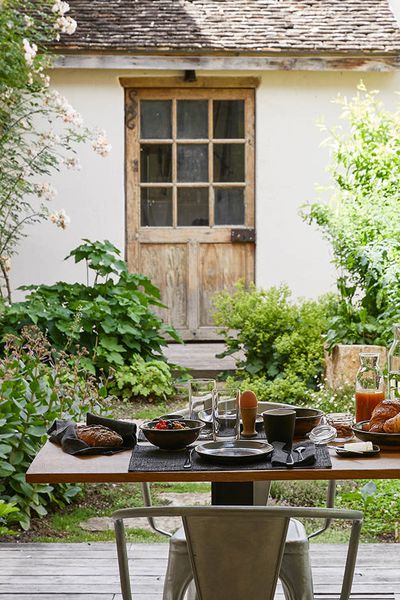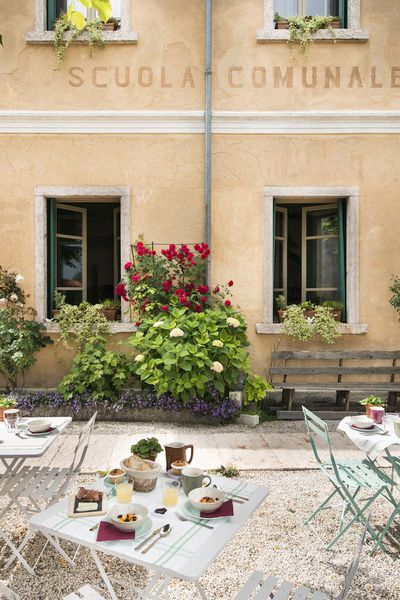
Foodie guide to the South of France by Carolyn Boyd
Guest Expert
5 min read
Carolyn Boyd has been on the road in France almost as long as we have. She loves the landscapes, the culture, the history, but above all the food. So much so, that she’s written a book about it. Amuse Bouche takes you through the food of France, giving you the cultural heritage of regional dishes, tips on dining and an incredible appetite. In these three extracts, Carolyn casts her expert eye over the salads, candied fruits and chillis of the South of France.
Explore all our special places to stay in France >
Receive our guides, destination ideas and insider travel tips straight to your inbox
Sign up >
Buy your copy of Amuse Bouche by Carolyn Boyd >
Share this article:
You might also like
A few days in… Normandy

Christopher Wilson-Elmes
Sawday's Expert
5 min read
Two nights in Paris with Carolyn Boyd and her teenage daughter

Carolyn Boyd
Guest Expert
5 min read
A few days in… French Basque Country

Christopher Wilson-Elmes
Sawday's Expert
5 min read















